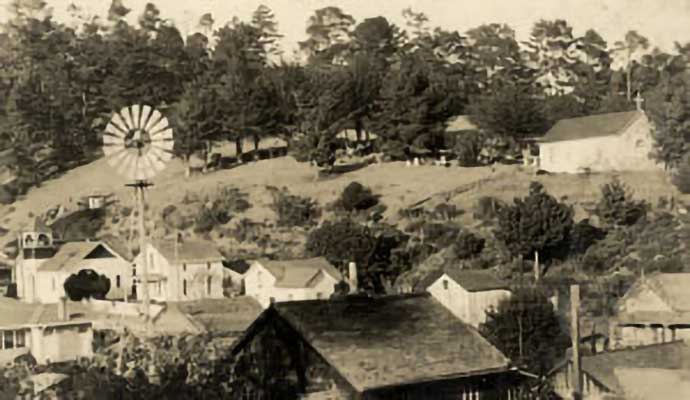The soul of Cambria is more than beautiful landscapes and travel gems—it is rooted in a rich, 150-year history full of difficulties and perseverance. Scroll down and travel with us on a nostalgic journey of learning about Cambria’s history.
1850 – The Old Santa Rosa Chapel
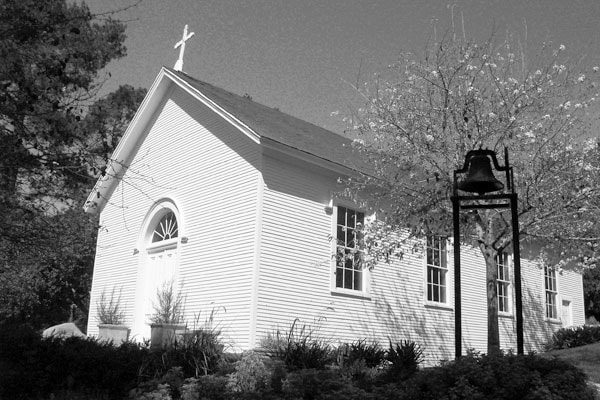

Constructed in 1850, the Old Santa Rosa Chapel was the first church built in San Luis Obispo County after the original Spanish missions. But more than that, it was the first Catholic church built in all of California. The chapel served the local community for 91 years before closing, when it was nearly lost to dilapidation and the ravages of time. Luckily in 1978, Cambria natives Marina Curti and Clementine Newman led a 7-year restoration through the Santa Rosa Chapel Committee. Old Santa Rosa Chapel opened again in 1984. Today, the community uses it for events like weddings! The historical site includes a peaceful 12.2-acre cemetery established in 1870. Visit their Facebook page for updates and information.
1866 - Cambria Is Officially Established
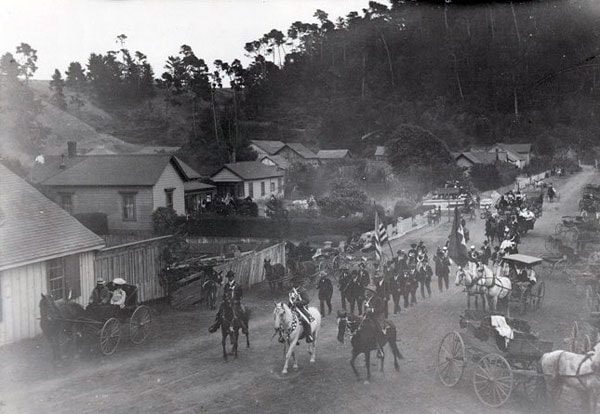

When it was established in 1866, no one could have imagined the beautiful Cambria we have today. This was especially true because back then, the futures of towns were uncertain. It was not unusual for towns to dry up and disappear with very little warning. Residents were forced to move, picking up their entire lives only to settle down in another area of uncertainty. Technically, Cambria wasn’t founded—it was incorporated and officially named Cambria by the federal government in 1870.
1872 — The Piedras Blancas Lighthouse Fresnel Lens
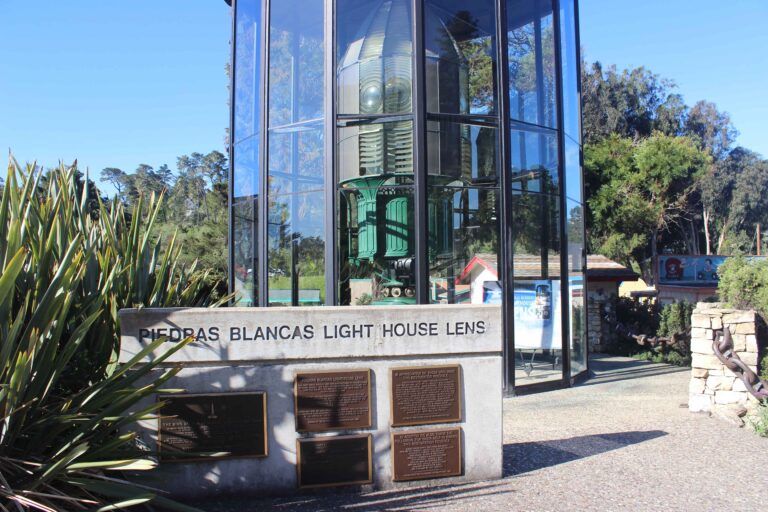

Constructed in France by Henri Lapaute in 1872, this first-order Fresnel lens was used at the Piedras Blancas Light Station. Today, the lens and its original clockwork mechanism are on display next to the Veteran’s Memorial Building. The lens is on loan from the Coast Guard to the Cambria Lion’s Club, and is maintained by the non-profit Friends of the Piedras Blancas Light Station Lens. A glass enclosure was built by that organization in 1990 to protect the artifact, where it can still be seen on display.
1881 – The Santa Rosa Schoolhouse
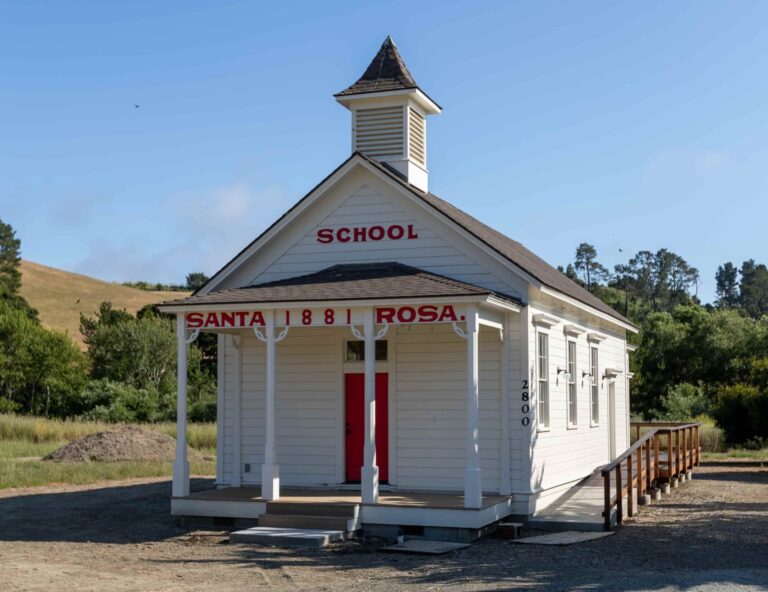

A small one-room structure built for young students in 1881, the Santa Rosa Schoolhouse was originally located on the north bank of the Santa Rosa Creek. Children from local farms and ranches attended the school until late spring of 1952. In October of 2018, the schoolhouse was moved to its new home on Main Street. The roof atop the schoolhouse was replaced after the move.
1889 - The Great Fire in Cambria
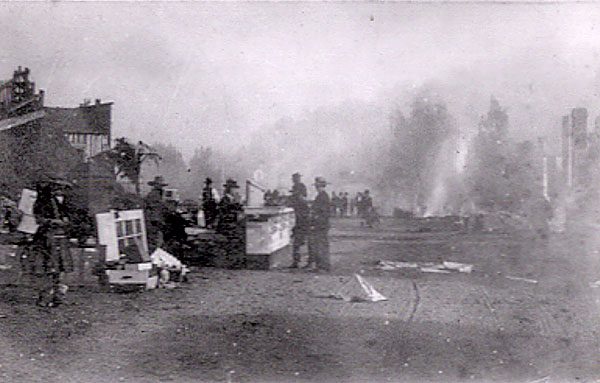

In 1889, an expansive fire destroyed over half the town. It devastated many of the buildings in Cambria, as well as the hopes and dreams of the seaside residents. Many of them moved away in search of a new start, but there were people who persevered, despite the continuing difficulties. Their contributions to the community helped to make Cambria the beautiful town and travel destination that it is today.
1941 — Sinking of The S.S. Montebello
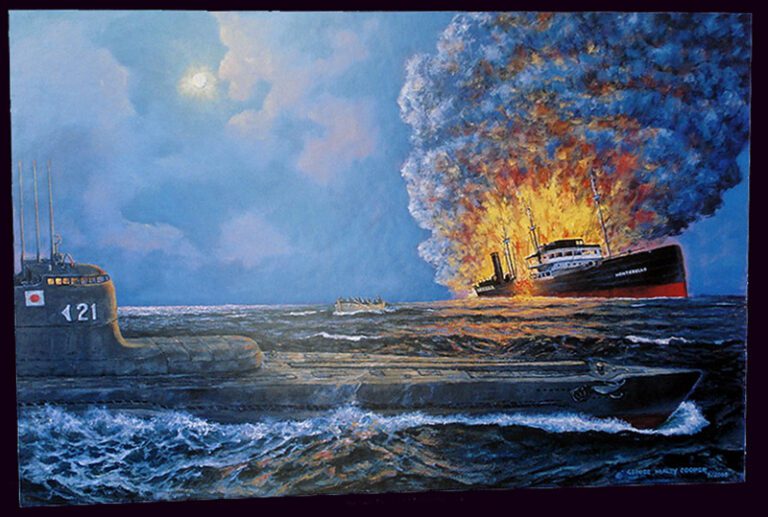

In 1941, in the midst of World War II, the S.S. Montebello was sunk just off the coast of Cambria. The oil tanker loaded up at Port San Luis, California, before shipping out along the California coast on December 23, 1941. Captain Mogens Andreasen had resigned his post amid multiple reports of Japanese submarines in the area, leaving command to First Mate Olof Ekstrom. After voting to ship out, the Montebello was stalked and struck by a torpedo from an I-21 Japanese submarine. All crew members escaped via lifeboats and survived, leaving the Montebello to sink into the waters approximately six miles off the coast of Moonstone Beach, 900 feet down, where it resides to this day.
1919-1958 - Hearst Castle & Highway 46
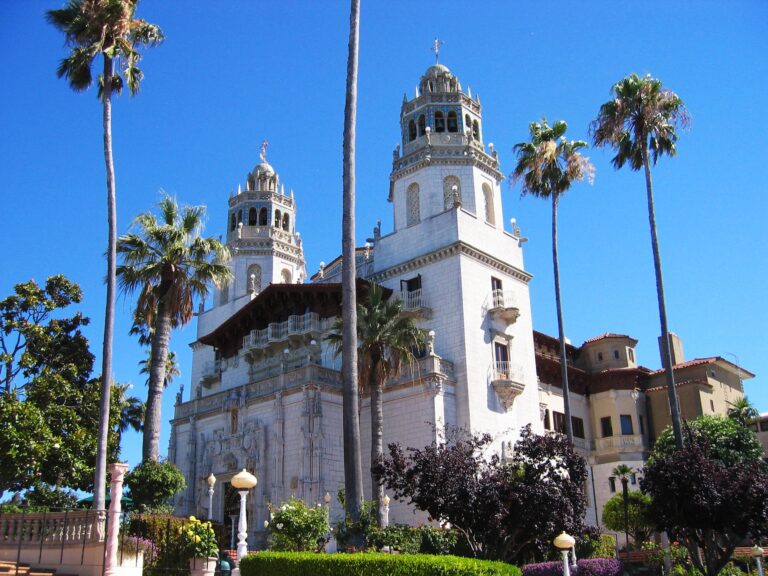

The population of Cambria fluctuated until the famous La Cuesta Encantada, or Hearst Castle, was brought into existence by William Randolph Hearst. The enormous project of building the mansion, as well as expanding Highway 46, took from 1919 to 1947 and brought new jobs and new citizens to the developing area of Cambria. Hearst Castle was finally opened to the public in 1958. Check the Hearst Castle website for more information about visiting the historical site.
Historical Buildings in Cambria
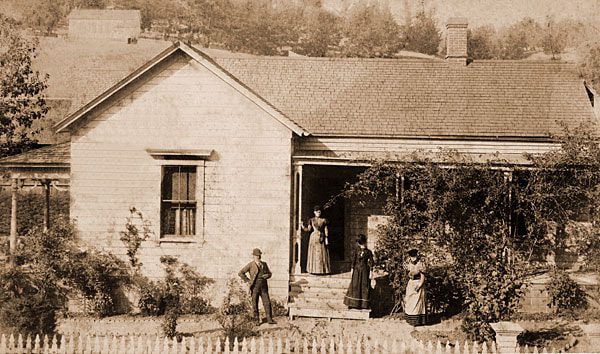

Cambria has a number of surviving structures with storied histories.
- The Guthrie-Bianchini House, one of the oldest houses in Cambria, was owned by the Bianchini family starting in 1914 and recently purchased by the Cambria Historical Society in 2001 to be the home of Cambria’s Historical Museum.
- Camozzi’s Bar, built in 1922 as a hotel, card parlor, pool hall, and barbershop, is now known as Mozzi’s Salon.
- Maggetti House was owned by three generations of the Maggetti family starting in 1870 and was purchased by the Cambria Historical Society in 2014 as a museum annex.
- The Allen/Porte House was sold to George E. and Birdie Allen in 1894. A series of events saw it eventually come to be owned by Joseph Porte in 1927, who worked for many years at the Hearst Horse Ranch near Pico Creek, and also owned a ranch near the San Simeon watershed.
- The 1903 grand home known as the Westendorf/Dickie House was moved from its original location on the corner of Lee and Center Streets to its current spot in the 1980s and is now the Dragon Bistro.
- The Mayfield/Lyons House was built by Milton Mayfield for his nurse after he fell in love with and proposed to her in 1931. Sadly, he passed away before they could be married, and the house was subsequently sold to Wilfred and Hazel Kennett Lyons for $2,000 in 1937.
- The Souza House was lived in by the family for 30 years, but was sold in 1971 and has since become the current Robin’s Restaurant.
- The building currently known as the Squibb House was originally built in 1877 for Frederick and Agnes Woods Darke. It was eventually bought in 1919 by Cambria native Earl Van Gorden. After becoming vacant, the house would have been torn down, but was purchased and rescued by Paul and Louise Squibb in 1953. In 1993, it was purchased and restored by Bruce Black to be opened as a popular bed and breakfast.
- The Riccardo Gallery showcases the creations of artist and designer Riccardo Spizzamiglio. Riccardo’s eclectic works span mediums including paintings, sculpture, and architecture.
- Working Artist Studio is the home base for painter Patrick Dennis. Featuring the Patrick Gallery, where his works are displayed, the studio is also open to the public, inviting you to come in as Patrick paints daily, preparing for art festivals and exhibits.
- Specializing in original works on paper by living artists, the Mission Gallery is a warm, comfortable, and inviting space. Here you’ll have the opportunity to develop a connection with the artists and the gallery owners through their enthusiasm for printmaking.
- Ephraim Pottery West Gallery features hand-created pieces, crafted using a collaborative process that ensures no two are alike. The pottery and tile on display and available through here are all limited editions that maintain high standards of quality and creativity.
Today – Moments of Nostalgia
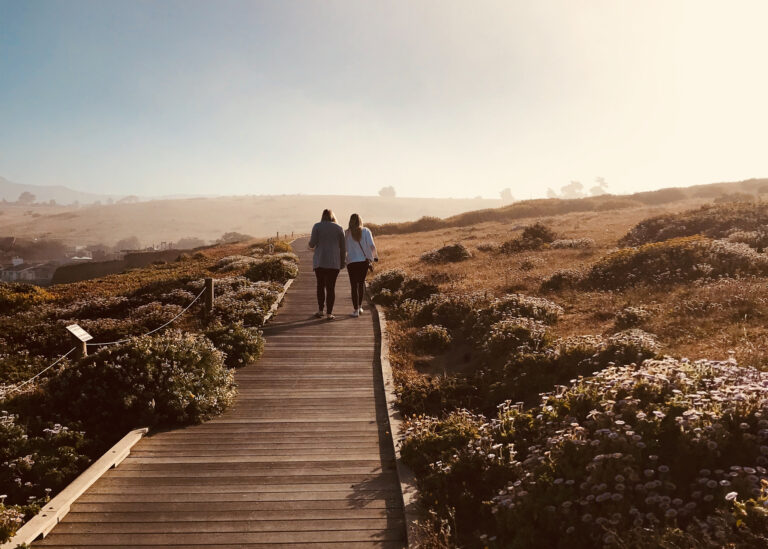

This little-town-that-could has flourished against all odds, and its appeal shines on even the shortest visit. Moonstone Beach, Fiscalini Ranch, olallieberry pie, unique restaurants, and luxurious lodging properties, alongside an absence of chain stores, all make Cambria one of the Central Coast’s most desirable destinations. For the holidays, don’t miss the annual Scarecrow Festival or the Christmas Market, which was inspired by the Christmas markets of the 1300s.
Cambria’s history is significant because the personality of this unique town is a byproduct of its past. The people who live in Cambria have always been strong, creative, multi-faceted and innovative—exactly what a town needs to overcome, adjust, and thrive. The Cambria of today is a peaceful place: a haven for artists, cyclists, antique-seekers, history buffs, and lovers of the great outdoors, as well as anyone who happens upon this precious treasure of the Central California Coast.

